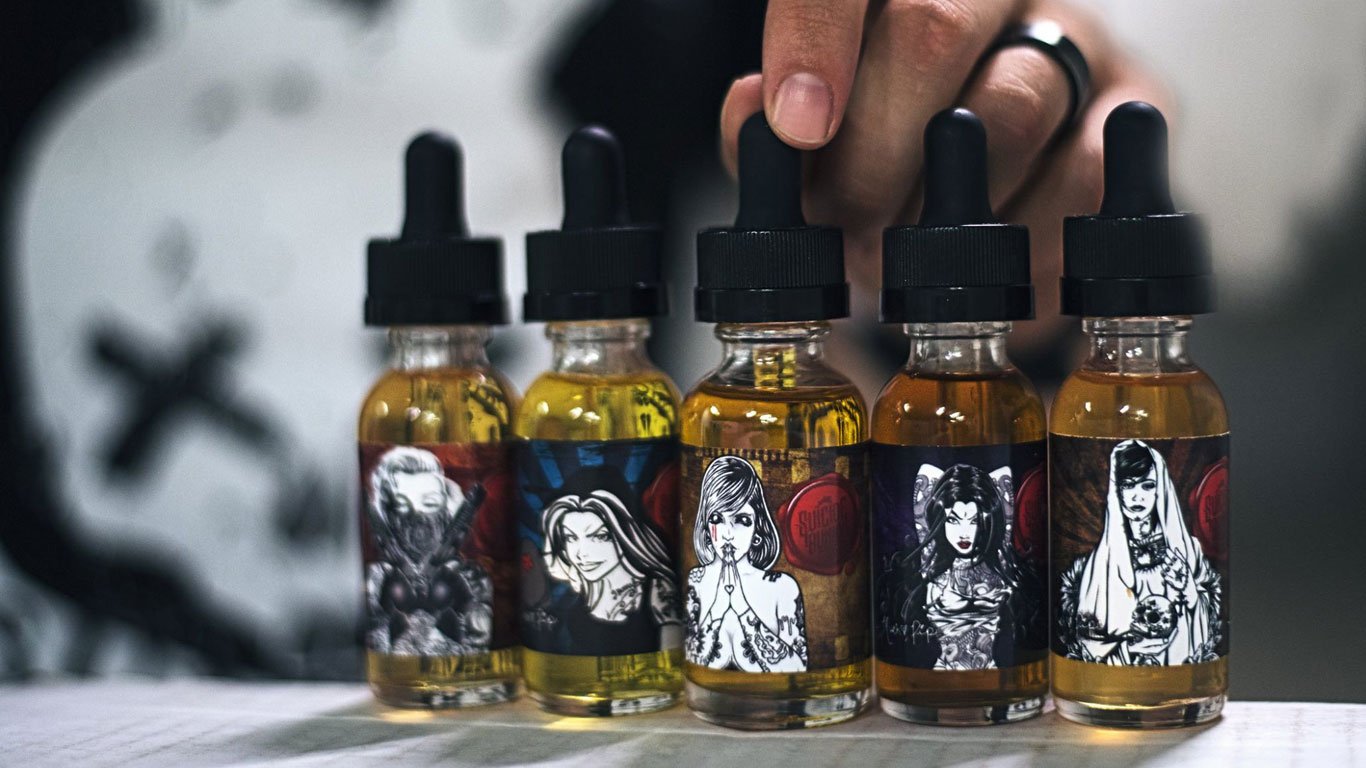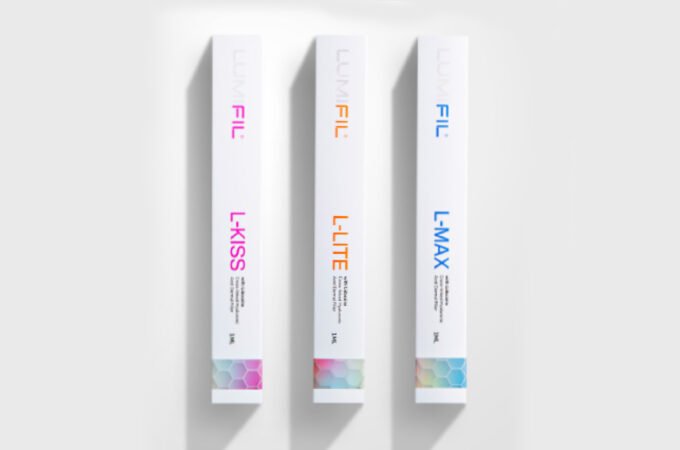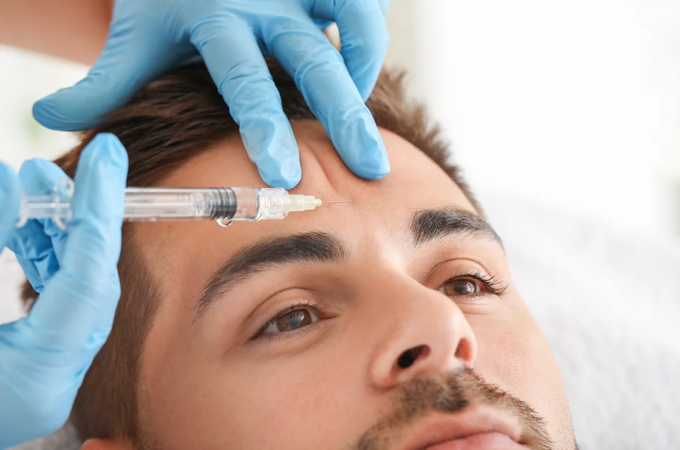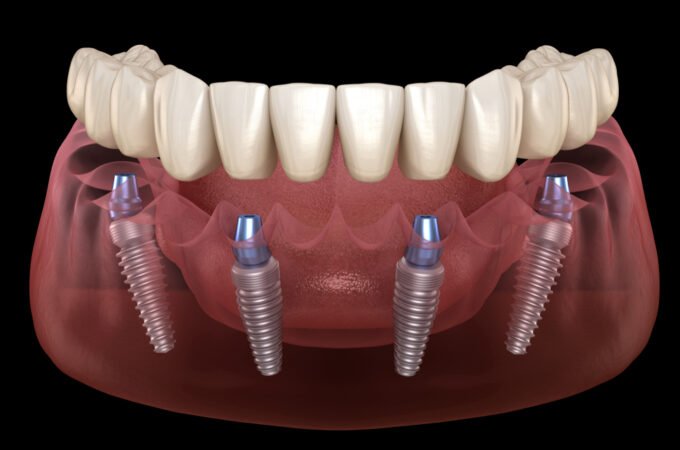
The Quick-and-Dirty E-Liquid Glossary for Beginners
If you’re new to vaping, you’re going to find when browsing the selection at a vape shop like V2 Cigs UK that there’s a wide variety of terms associated with e-liquid – and sellers don’t always bother defining those terms every time they use them. For those who have been vaping for a while, that isn’t a problem because they’ve had the opportunity to learn those terms gradually as the vaping community has invented them.
For beginners, though, it can feel a bit overwhelming to get bombarded with a huge collection of unfamiliar e-liquid terms all at once. This article is here to help you get through those first few vape juice purchases until you’re ready to begin exploring on your own. These are some of the unfamiliar e-liquid terms that you’re likely to see when you shop for vape juice.
Find Best Smoke Shops In Houston Located Near By for your need.

- All-Day Vape (ADV): An e-liquid with a flavor so balanced and enjoyable that you can vape it all day without getting tired of it.Coil Gunk: A dark residue that forms on the atomizer coil of a vaping device when the e-liquid being used contains a large quantity of the sweetener sucralose. Sucralose is an alternative sweetener that’s virtually indistinguishable from sugar, and while it is very tasty, the residue that it creates causes a vape coil to degrade rapidly in performance and flavor quality. Some e-liquid makers and sellers reference coil gunk when advertising that their products are “coil friendly” or “gunk free.”
- Diacetyl, Acetyl Propionyl (DA, AP): Flavoring compounds used to impart buttery or creamy flavors to foods. Diacetyl is safe to consume – it’s commonly used in low-fat microwave popcorn – but long-term inhalation of concentrated diacetyl is believed to cause permanent lung damage. Acetyl Propionyl is chemically similar to diacetyl. Many e-liquid makers advertise that their products are “DA/AP Free.”

- Freebase Nicotine: The most common form of nicotine used in vape juice and in nicotine replacement products such as gums and lozenges. Freebase nicotine is the most bioavailable form of nicotine, but its alkaline pH means that it is only pleasant to inhale in vapor form if the e-liquid has a relatively low nicotine concentration. Today, most people who use freebase nicotine vape juice prefer nicotine concentrations of 3 mg/ml and 6 mg/ml and use vaping device capable of creating very large clouds.
- Propylene Glycol (PG): One of the two base compounds in any e-liquid; the other is vegetable glycerin (see below). An e-liquid that is high in PG is thin and produces small vapor clouds. However, the fact that a high-PG e-liquid is thin allows it to work well in very small vaping devices. An e-liquid that is high in PG also tends to have a nicely defined flavor and a strong throat it.
- Max VG: An e-liquid with a VG/PG ratio that favors vegetable glycerin as heavily as possible without harming the product’s flavor or performance. People who prioritize cloud production above all other attributes in an e-liquid often opt for Max VG vape juices.
- Nicotine Salt: A form of nicotine altered chemically by the addition of an acid such as benzoic acid. While freebase nicotine e-liquid generally doesn’t say “freebase” on the label because that’s the most common type of nicotine, a vape juice that uses nicotine salt will always say so somewhere on the package. Nicotine salt e-liquid has a more neutral pH than freebase nicotine e-liquid, enabling companies to produce vape juices that have very high nicotine concentrations but don’t irritate the throat. A nicotine salt e-liquid typically has a nicotine concentration of at least 20 mg/ml, and some nicotine salt vape juices have strengths of 50 mg/ml and above. Nicotine salt e-liquid is designed for use in small vaping devices with modest vapor production.

- Steeping: Allowing an e-liquid to age for an extended period of time with frequent shaking and occasional exposure to air. If an e-liquid was manufactured recently, allowing it to steep may improve its taste by encouraging the flavors to meld and by allowing stronger alcohol-based flavors to evaporate. Steeping is usually only useful for e-liquids that are made to order. The e-liquid that you find at a vape shop is generally at least a few months old and doesn’t require steeping.
- Throat Hit (TH): The feeling that you experience in your throat when you inhale nicotine. A cigarette produces a fairly strong throat hit when you inhale the smoke, so many new vapers specifically look for e-liquids that produce the same kind of assertive throat hit. Throat hit is primarily a function of an e-liquid’s nicotine concentration.
- Vaper’s Tongue: A temporary condition in which a vaper finds it difficult to taste the flavors in a specific e-liquid or in all e-liquid. Vaper’s tongue is a form of olfactory fatigue usually caused by constantly switching flavors or by using a single strongly flavored e-liquid for too long. Vaper’s tongue will resolve itself in relatively short order. Some common remedies include changing e-liquid flavors temporarily or using unflavored e-liquid until the olfactory fatigue ends.
- Vegetable Glycerin (VG): One of the two base compounds in any e-liquid. An e-liquid that is high in VG is thick and produces large vapor clouds. If you own a large vaping device with a refillable tank, your device is probably set up to work well with high-VG e-liquids because high-output vape tanks generally work best with thicker e-liquids. An e-liquid that is high in VG tends to have a sweet flavor and a smooth throat hit.

- VG/PG Ratio: The ratio of vegetable glycerin and propylene glycol making up the base of an e-liquid. Because VG and PG have different characteristics as described above, e-liquid buyers often want to know how much of each compound a vape juice contains before buying it. In general, a VG/PG ratio that favors PG works best in smaller vaping devices, while an e-liquid that’s high in VG works best in larger devices. An e-liquid with a 50/50 VG/PG ratio works well in almost any type of device.




